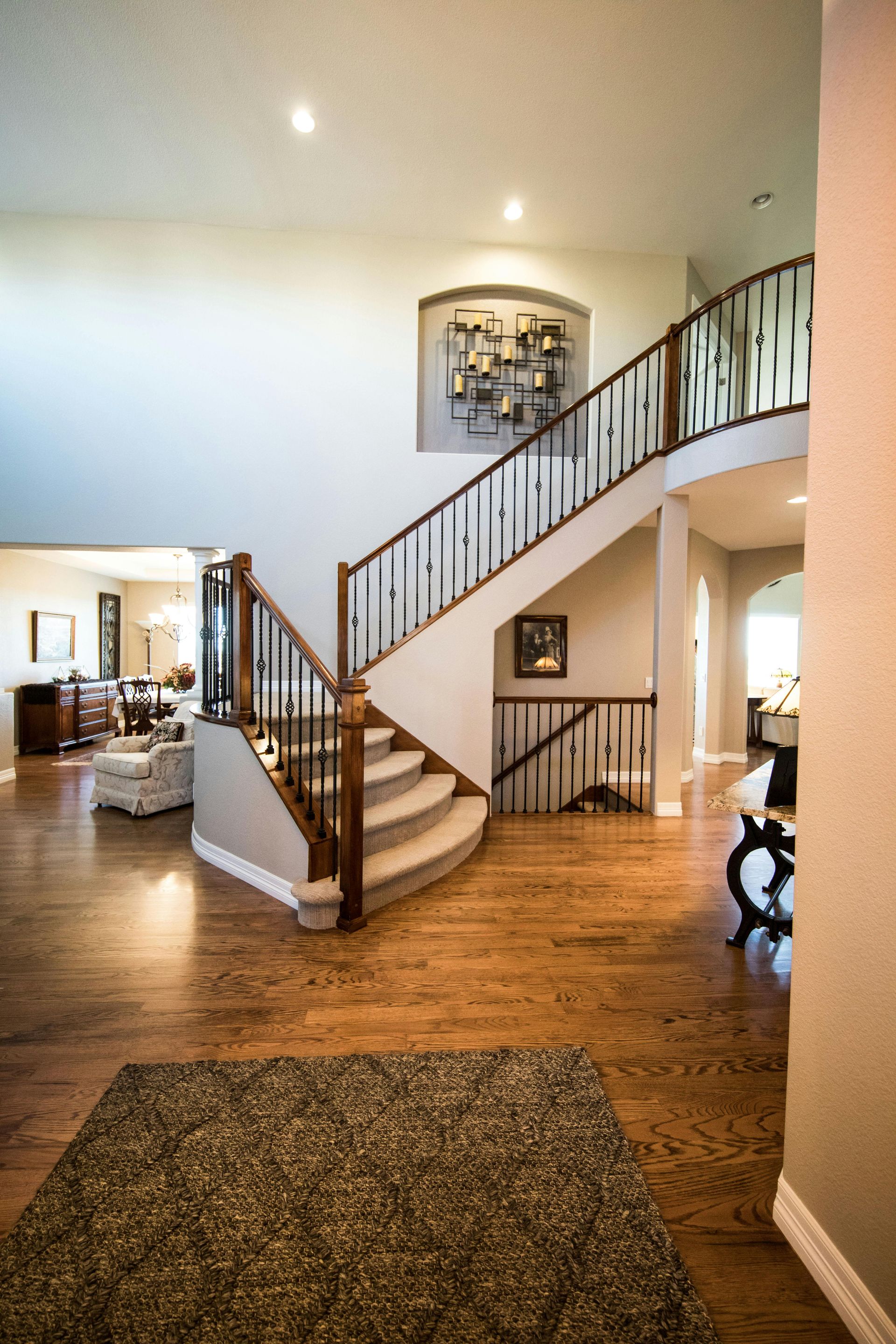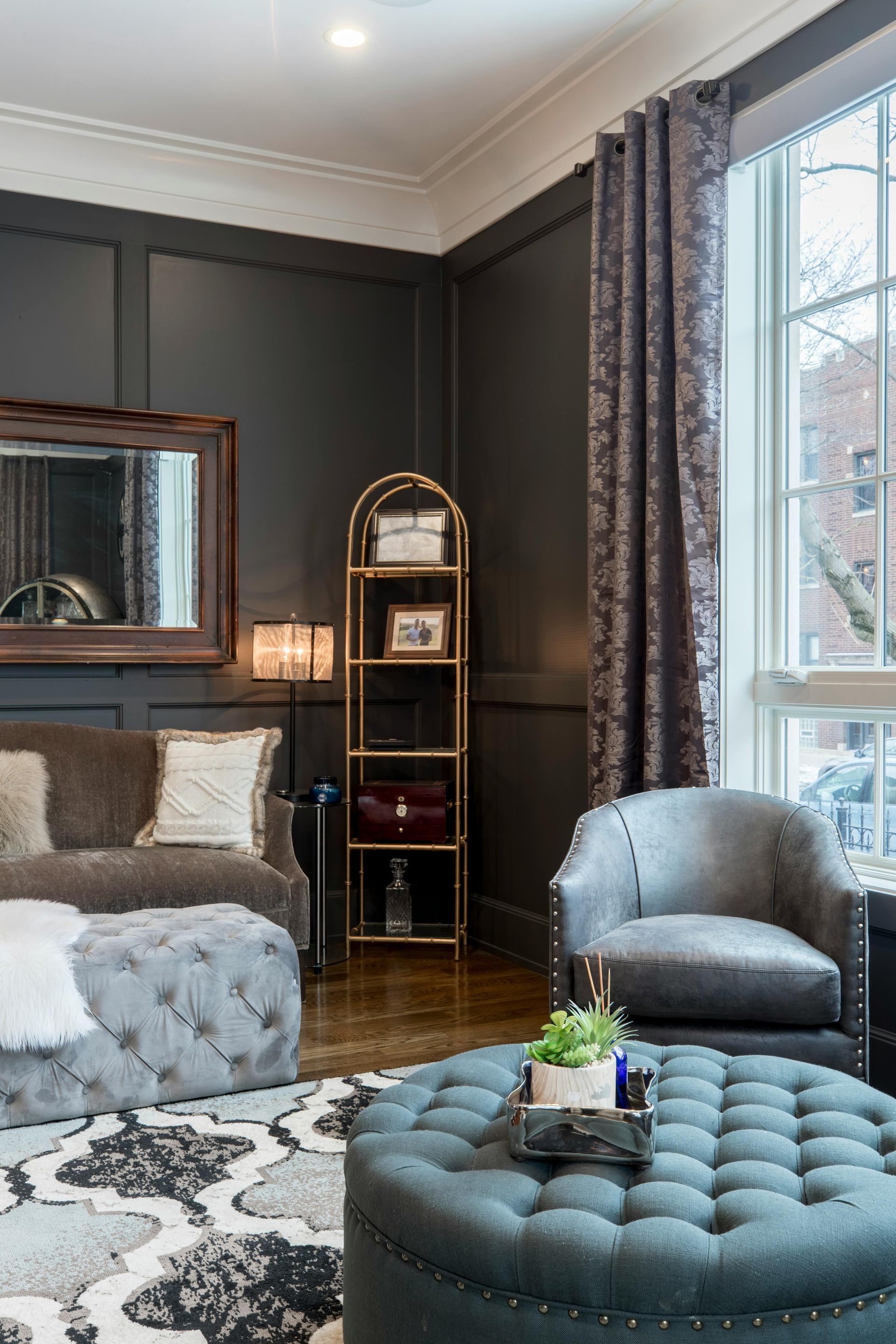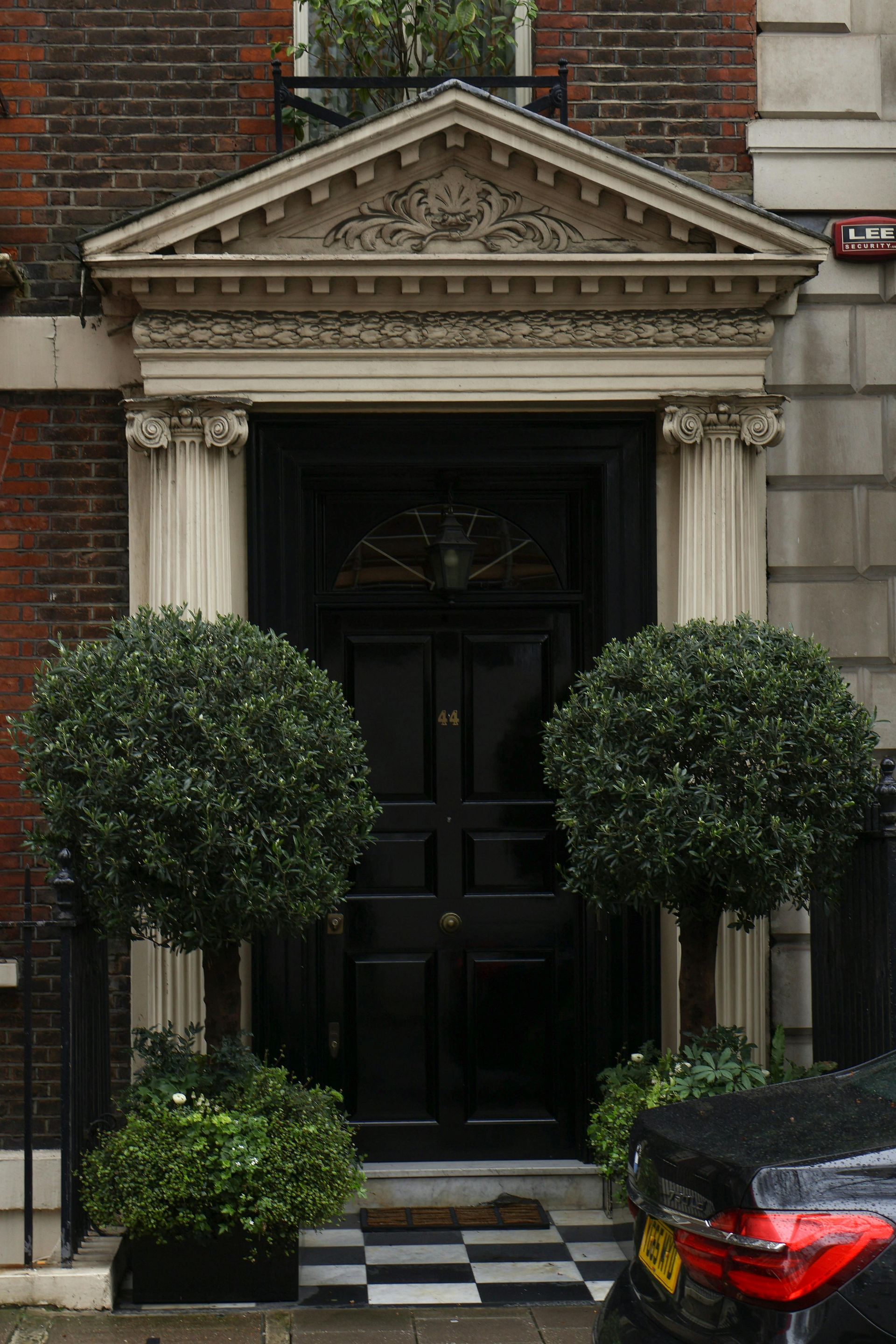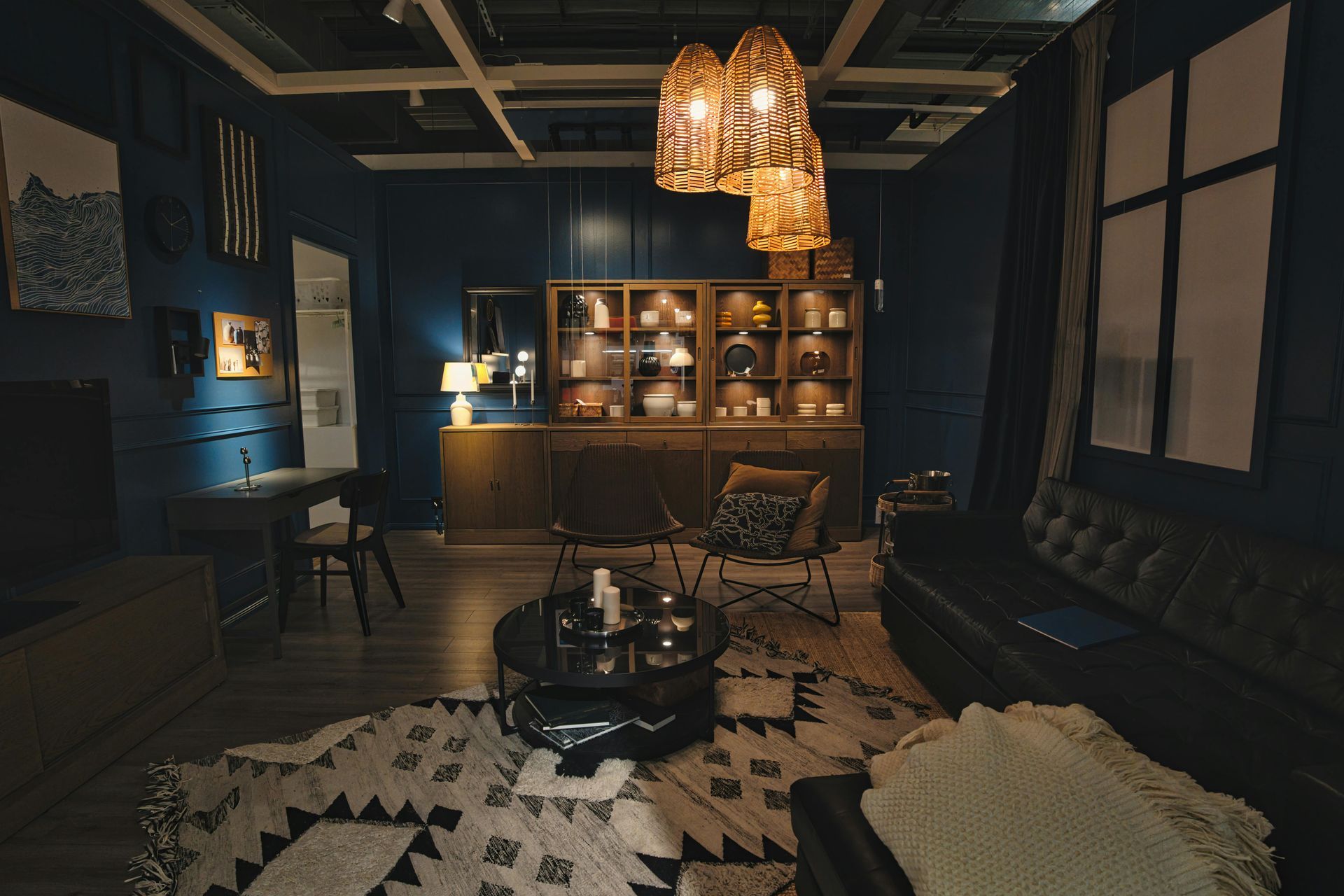When Qatari families acquire property in the UK, the transaction is rarely just about purchase price and mortgage terms. It is about legacy. For families who measure wealth in generations, the real question is not only how to secure an asset today, but also how to ensure it remains intact tomorrow.
In 2025, as the UK tightens its tax framework and inheritance rules, life insurance and protection products have become essential tools in Qatari strategies. Paired with property finance, they allow families to mitigate inheritance tax exposure, protect intergenerational transfers, and ensure that wealth is preserved rather than eroded.
This blog explores how Qatari buyers integrate life insurance and protection into their UK property acquisitions, why it matters, and how finance solutions are structured to align with faith, family, and financial strategy.
The Growing Importance of Protection
UK inheritance tax (IHT) remains one of the most significant risks for Qatari families holding property in London. At 40% above the nil-rate band, it can dramatically erode estate value. For properties held directly in personal names, the liability can run into millions.
This risk has grown in 2025 as reforms have narrowed exemptions for non-domiciled buyers and increased scrutiny on offshore vehicles. Families that once assumed their structuring was sufficient are now turning to complementary solutions — most notably whole of life insurance — to ensure liquidity is available when taxes fall due.
We analysed this issue in our article on
inheritance tax planning with whole of life policies, showing how policies can provide the funds required to meet IHT liabilities without forcing distressed sales. For Qatari buyers, this integration is vital: it protects legacy while allowing family members to retain London assets for future generations.
Why Property and Protection Go Hand in Hand
Property finance and life insurance are often considered separately, but for Qatari families they are intertwined. A £20 million Knightsbridge townhouse financed with a £10 million mortgage does not exist in isolation. If the borrower passes away, the family must contend not only with outstanding debt but also with potential inheritance tax.
By integrating whole of life insurance into the financing strategy, families ensure that liquidity will be available to repay debt and cover IHT. This prevents forced asset sales, allowing properties to remain within trusts or family ownership. It is, in effect, a safety net that secures the long-term vision behind the acquisition.
We explored the same dynamic in our blog on
the overlooked role of property finance in estate planning, where borrowing is not just about leverage but also about inheritance strategy. For Qataris, protection completes the picture.
Sharia-Compliant Considerations
For Qatari families, faith plays a central role in every financial decision. While conventional life insurance has historically raised concerns about compliance, Sharia-compliant alternatives are now widely available.
Takaful-based policies, structured around mutual assistance rather than conventional risk transfer, allow families to access cover while remaining aligned with Islamic principles. These products can be paired with Sharia-compliant mortgages — Ijara, Murabaha, or Musharaka facilities — ensuring that both sides of the transaction are fully compliant.
Our article on
Sharia-compliant mortgages showed how mainstream these facilities have become. The same is increasingly true of protection products, making them an essential component of Qatari wealth planning.
Case Example: Whole of Life Cover for a Mayfair Portfolio
A Qatari family office recently acquired three residential assets in Mayfair, valued collectively at £45 million. Two were financed with Sharia-compliant Musharaka facilities, while the third was purchased outright.
To mitigate inheritance tax exposure, the family arranged £20 million of whole of life cover, structured through an offshore trust. Premiums were funded from investment income, and the policy was designed to pay out directly to the trust, providing liquidity to meet IHT obligations.
This strategy ensured that heirs would not need to sell properties to settle liabilities. Instead, the portfolio could remain intact, forming part of the family’s long-term London presence.
Coordinating Finance, Trusts, and Insurance
One of the most distinctive aspects of Qatari acquisitions is the integration of multiple elements: property finance, offshore structures, and protection products. These must be coordinated to ensure efficiency and compliance.
For example, a property financed through a Guernsey company within a Jersey trust must align with both UK tax rules and Qatari inheritance expectations. Adding life insurance into the mix requires careful planning to ensure payouts are structured correctly. Without integration, gaps emerge. With integration, the system functions seamlessly, protecting wealth for decades to come.
We highlighted this need for coordination in our article on
trusts and property finance, where lenders’ attitudes toward offshore structures can shape outcomes. Protection is simply another layer in the same system.
Beyond Life Cover: Wider Protection Needs
Life insurance is only part of the story. Qatari families increasingly use broader protection strategies to safeguard wealth and income. Key person insurance may be arranged for family members with significant business responsibilities. Critical illness cover can provide liquidity in the event of unexpected health issues.
While these products are often overlooked by international investors, Qatari families recognise their importance. For them, wealth is not only about assets but also about resilience. Ensuring that family members and businesses can withstand shocks is part of safeguarding legacy.
We explored this wider theme in our blog on
life insurance and estate planning for HNW clients, where protection was positioned as a cornerstone of intergenerational planning. For Qatari buyers, the same principle applies — but with even greater urgency given the scale of wealth at stake.
Challenges and Considerations
Integrating protection into Qatari property finance strategies presents challenges. Premiums for large whole of life policies can be significant. Structuring policies through trusts requires careful coordination with legal and tax advisers. Sharia compliance must be ensured to avoid conflicts with family values.
However, these challenges are outweighed by the benefits. Without protection, heirs may be forced to liquidate prized assets, undermining decades of careful planning. With protection, liquidity is assured and legacy preserved.
How Willow Private Finance Helps
At Willow Private Finance, we work with Qatari families to integrate protection into property finance strategies. Our role includes:
- Coordinating with insurers to arrange whole of life and other protection products.
- Ensuring alignment with Sharia-compliant finance where required.
- Structuring policies through trusts to mitigate inheritance tax exposure.
- Integrating cover with broader family office and intergenerational planning.
By combining property finance expertise with protection solutions, we provide Qatari families with strategies that preserve wealth for generations.
Conclusion
In 2025, property finance for Qatari buyers is inseparable from protection planning. London assets are not simply purchased; they are safeguarded through insurance, trusts, and coordinated finance. This ensures that when inheritance tax and succession challenges arise, families are prepared — and assets remain intact.
Life insurance is more than a product. For Qatari families, it is the bridge between finance and legacy, ensuring that property investments serve their true purpose: securing continuity across generations.
Frequently Asked Questions
Why is life insurance relevant to property-financed portfolios?
Because it helps secure debt obligations — in the event of death or serious illness, the payout can service mortgages or bridging loans, preventing forced sales or disruption.
How do Qatari families typically integrate life cover into their property finance?
They embed it within trust or family-office structures, often using whole-of-life or term policies aligned with holding periods, so the protection is seamless across generations.
What are the types of life insurance used in property strategies?
Common types include term life (level or decreasing), whole-of-life, and hybrid policies that can be pledged as collateral.
How does life insurance help with succession and inheritance planning?
It ensures liquidity for heirs (to pay any outstanding debt or taxes) without forcing the sale of properties, enabling smoother generational transfer.
Are there special underwriting or structural considerations for high-net-worth Qatari families?
Yes — factors like multiple residences, global income, exotic risk profiles, and cross-border ownership must be underwritten carefully. Policies may need wrap structures or international cover.
📞 Want Help Integrating Property Finance with Protection Planning?
Willow Private Finance specialises in structuring lending and protection solutions for Qatari families, ensuring that acquisitions are safeguarded for future generations.











